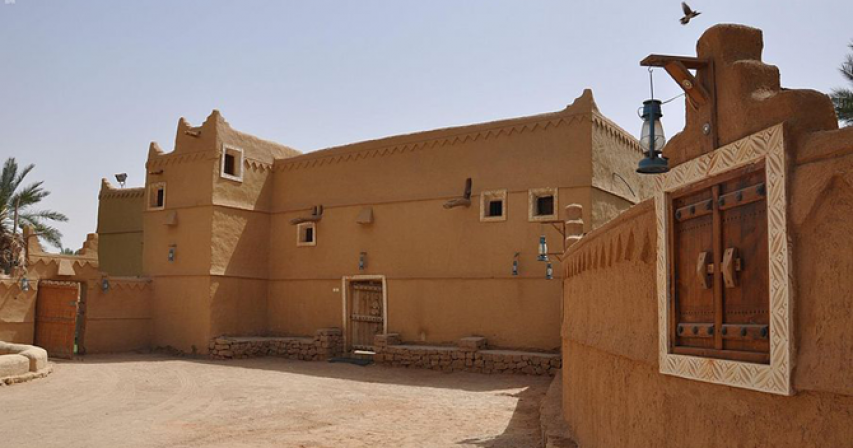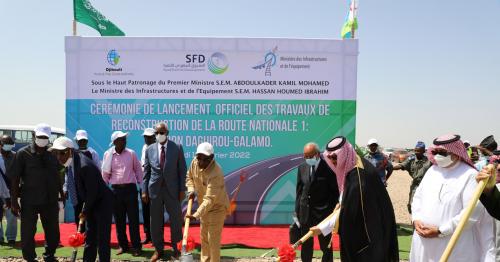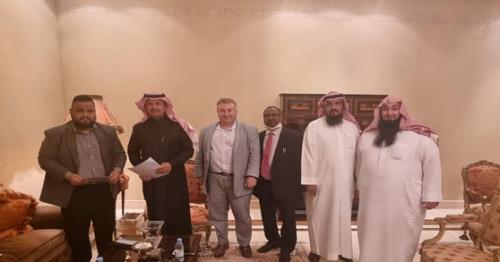Saudi citizens restore 13 archaeological sites across KSA

JEDDAH: Saudis with an interest in cultural heritage have helped to restore archaeological buildings and palaces, as well as historical fortresses in 13 locations throughout the Kingdom.
The work comes from a belief that archaeological sites and buildings contain tales that serve as cultural icons for important periods in the history of civilization in the Kingdom, affirming the depth of Arabia’s cultural legacy.
Citizens’ efforts included restoring sites such as historical mosques, residential palaces, government buildings, military fortresses, warehouses and towers.
Mohammed and Abdul Aziz bin Abdul Aziz Al-Madi’s offspring were among those who started restoring “Historical Al-Madi Palace,” which was the principality’s headquarters in Raudat Sudair, Riyadh. This example of Najdi architecture was built in 1815.
When it comes to historic Jeddah, citizen and businessman Mohammed Abdullah Sharbatly and his son Saiful Islam restored the historical “Sharbatly House,” built by Sharif Abdul Ilah Muhanna Al-Abdaly in 1917.
In Al-Sour neighborhood in Yanbu’s historic district, the “Dar Al-Zamai” was abandoned for more than 45 years until the Al-Zamai family began restoring it in 2015.
Similarly, Youssef bin Ali Al-Zunaidi started restoring “Al-Zunaidi Heritage House” in Unaizah, Qassim, considered one of the most famous rural lodges, built 200 years ago.
Al-Ahsa governorate is renowned for its several archaeological and historical buildings, which led Abdul Aziz bin Mohammed Al-Abdulqader to restore one of the heritage houses and transform it into the “Al-Koot Hotel.”
At a distance of 16km from Abha stand three castles with charming views overlooking the area due to being built at the foot of one of Asir’s mountains.
Restored by Abdul Aziz Laheq Abou Sarrah, the castles are known as “Abou Sarrah Castles.”
Sheikh Nahar bin Abdul Karim Al-Rumman restored it with natural materials available at that time, making it a realistic and rare model of traditional architecture in the last century.
In Hail, Saud Al-Nayef Al-Shamri restored “Al-Nayef Heritage Castle and Museum,” considered one of the oldest mud houses. Dating to 1758, it received travelers from Hail to Al-Jouf, and was later transformed into a museum, becoming a monument in Hail as it contained more than 2,165 antiques.
Sultan Oqab Al-Shamri took over the restoration of the customs building in Luqa village in Rafhaa in the Northern Borders province — the building was the trading center during the beginning of the Saudi rule.
Sheikh Ahmed Zaher Al-Mishnawi and his children also took part in this initiative and restored Al-Shiba heritage village in Fayfa.
The “Sumaida Palace” in Najran, whose construction dates back more than 200 years, was restored by Saudi Mehdi Maneh Dohan and the Al-Dohan family.
With the contribution of Saud Al-Zahrani, the heirs of Abdullah Binyan, Mohammed Al-Qanout, Dr. Mohammed Jamah, Ali Sarhan and Saeeda Gharsan, the heritage buildings and fortresses of the “Bakhrush bin Alas Castle” in the village of Al-Hassan in Al-Baha were restored.
Nawwaf Al-Fendi restored the archaeological building in Qarqar village in Al-Qurayyat, Al-Jouf known as “Bandar Al-Fendi Palace,” which was built in 1921.






Comments